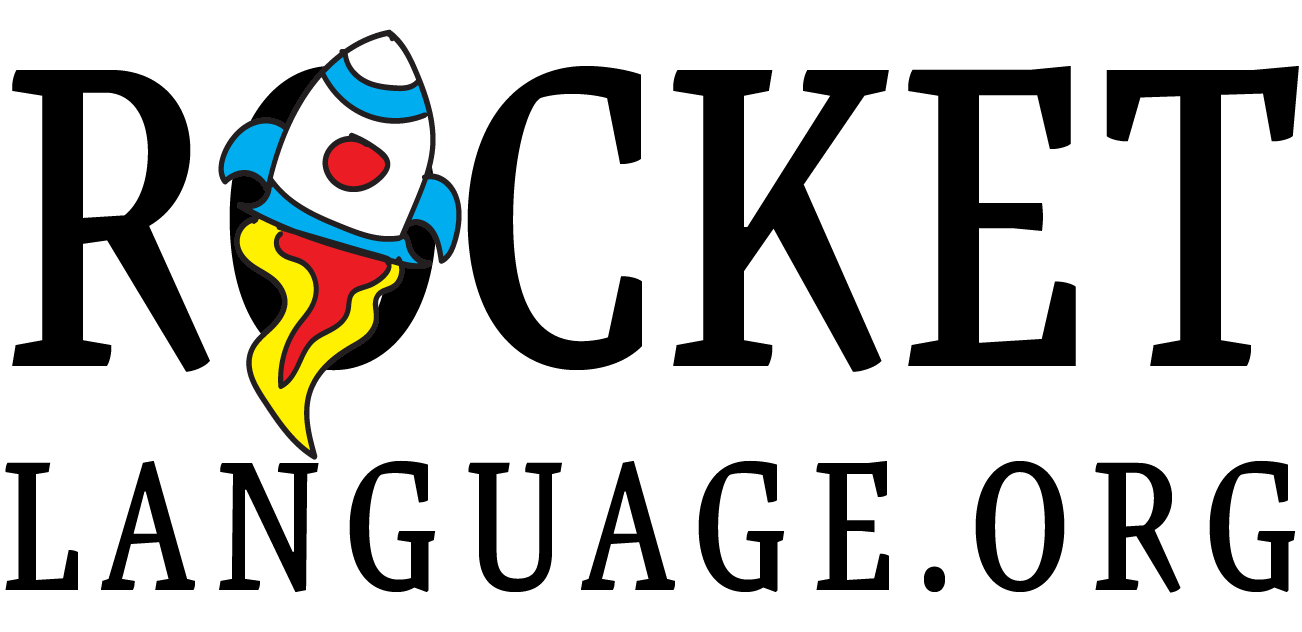Interactive Understanding 60,000 Foot View
I developed Interactive Understanding from research on second language acquisition (SLA). I am attempting to distill the abstract concepts of SLA into actual classroom practices. My experience teaching language from K-12 and supporting 90 language teachers in my district has positioned me to bridge the world of SLA research and K-12 classroom.
Out of respect to Comprehensible Input (CI) proponents, I am using the term Interactive Understanding. CI has become synonymous with TPRS. I am not attempting to create a methodology, but wish to empower teachers to create their own authentic approach in a way that recognizes how language gets into the brain. Although there are many resources for students talk, there are few for getting language into the students brain in the first place. I also wish to make the term comprehensible input more “comprehensible”. I also want to acknowledge the active role of the “comprehender”.
4 Principles to Interactive Understanding
My teachers and I are also exploring the intersection of culturally relevant teaching and comprehensible input. To keep the instruction real and relevant, we focus on telling compelling, empowering stories to access multiple perspectives. In a culturally relevant world language classroom, novice and intermediate students communicate their identities and cultural perspective in the target language. The teacher ask students to interact with the teacher’s authentic stories as a first step.

